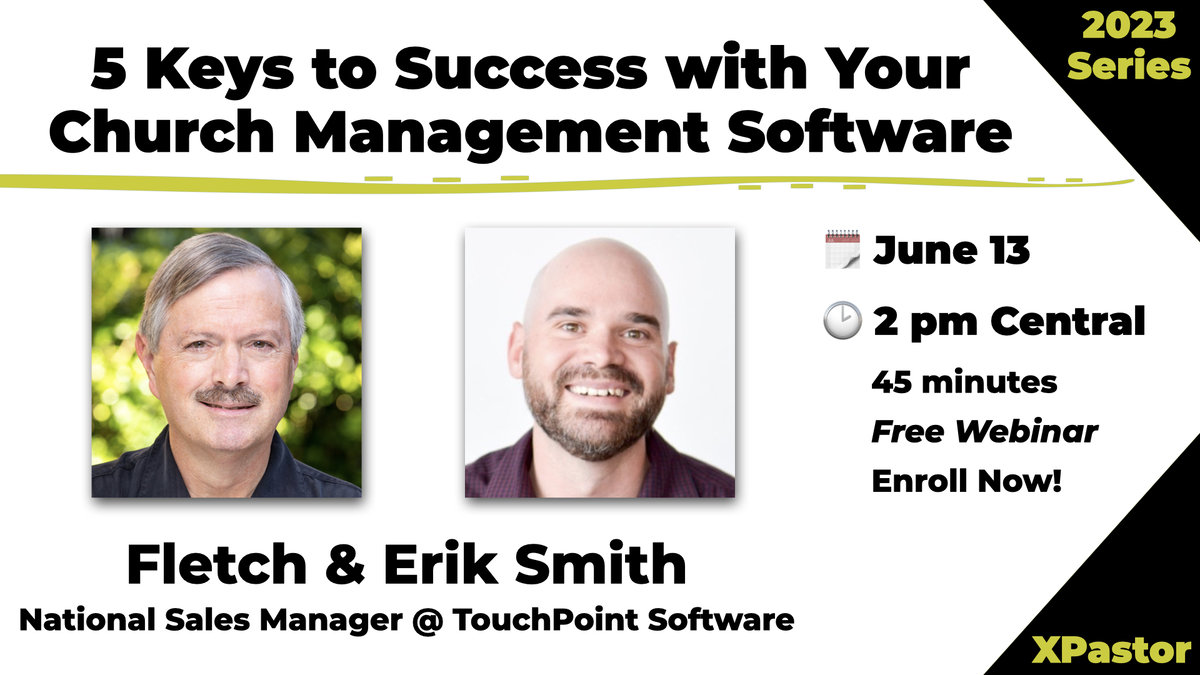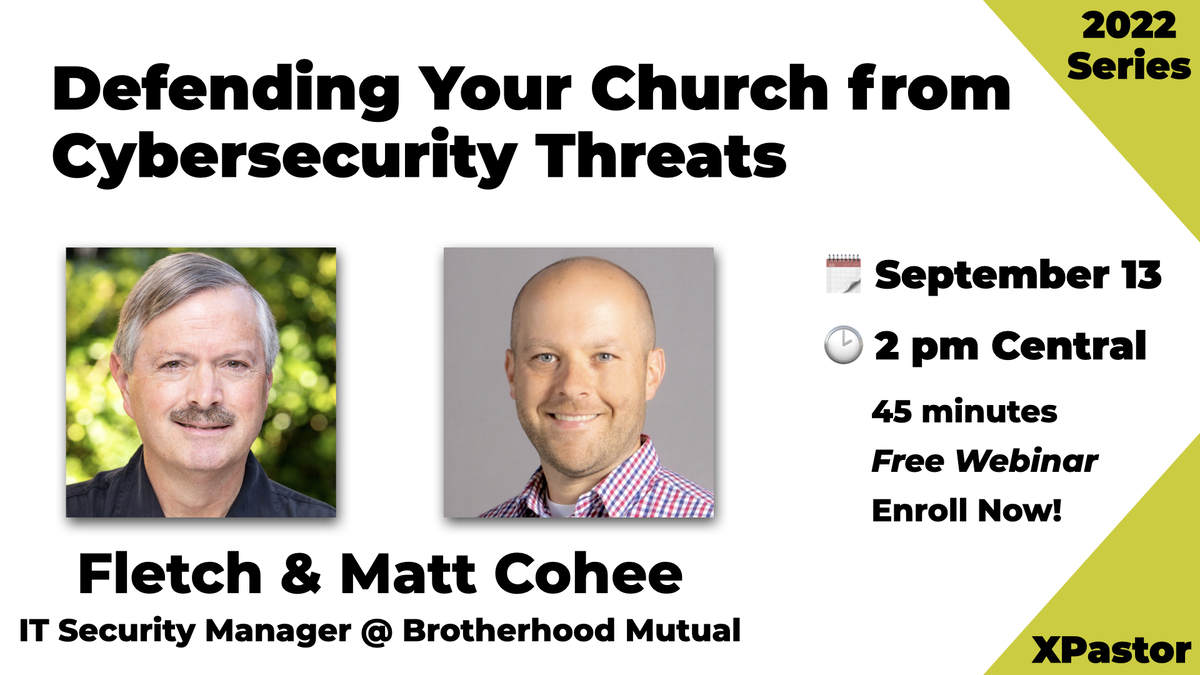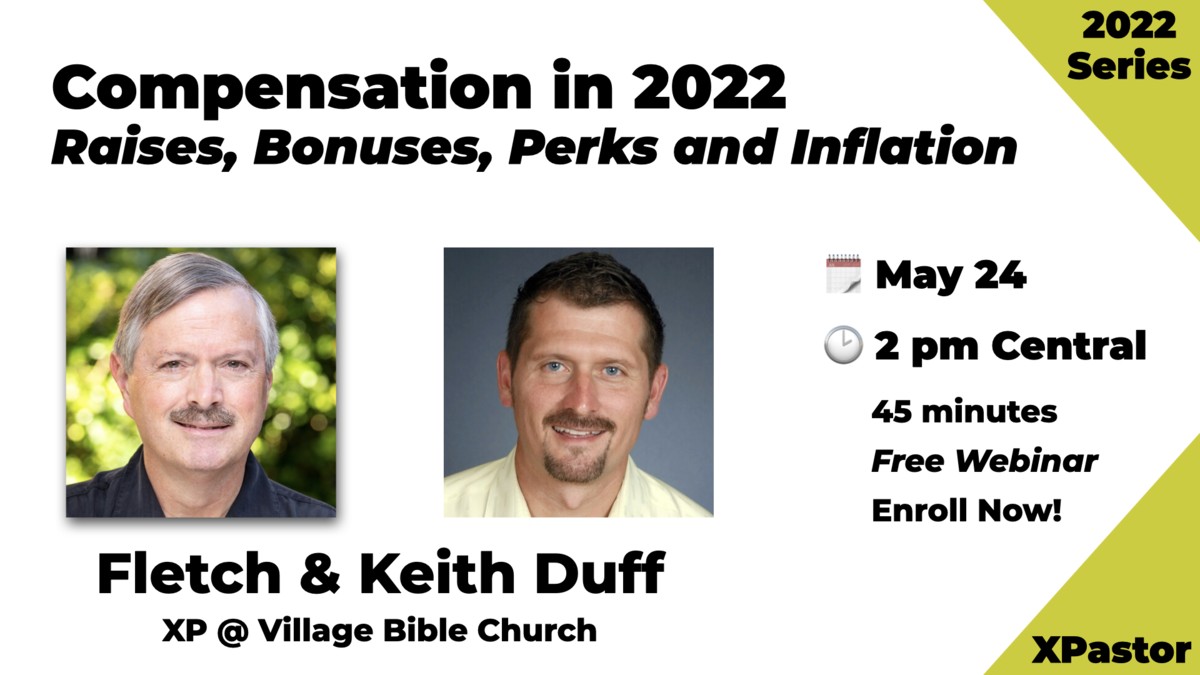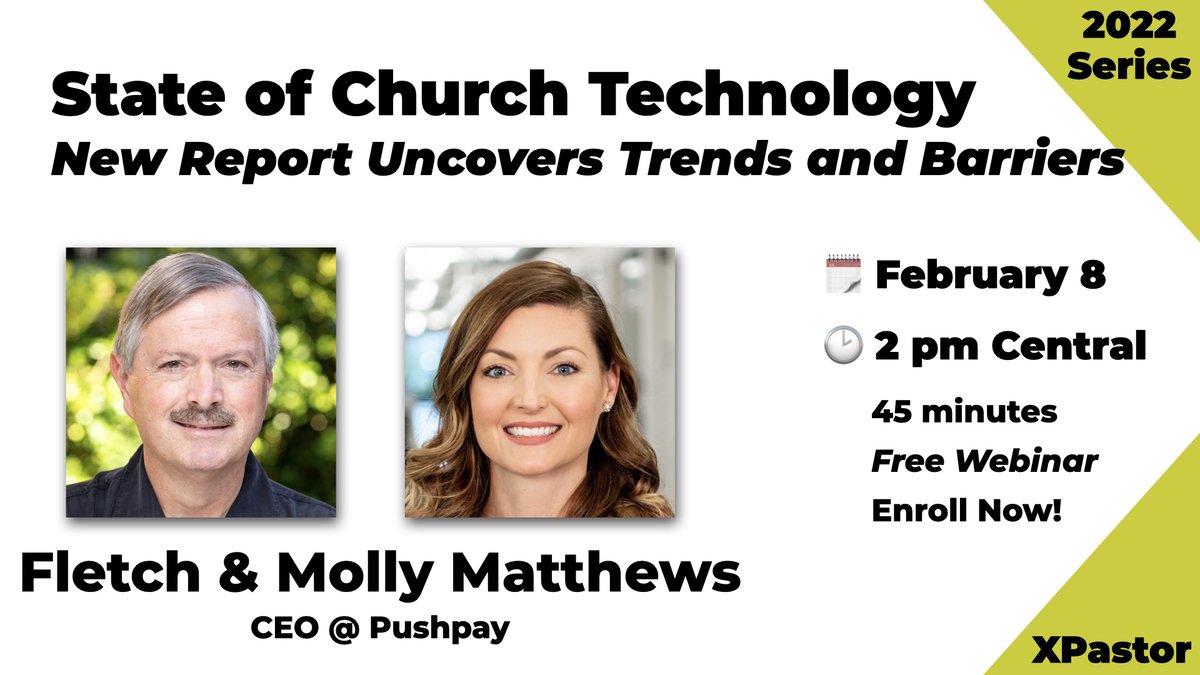This year’s hurricanes mostly “missed” us, but our basement flooded anyway. Days later I sat absorbed in my computer monitor, buried up to my eyeballs in search results and browser tabs. Search by search, each tab in the growing stack represented a virtual pile of information on how to prevent a future flood and save us from hauling up 24 years of stuff to dry in the sun. But my brain was starting to feel like it would take another 24 years to sort through all the information.
If you’re dealing with a wet basement, you’re reading the wrong article. But if you’re an Executive Pastor figuring out what to do about your church website, you may be buried in your own pile of search results right now. Let’s sort out the clutter.
Question 1: Are you set up for success with a website?
This is the most important question of the bunch. As an Executive Pastor, if you get this one right, you may be in position to review Question 2 and then focus on your role as a Catalyst/Overseer, handing the rest of the questions over to key team members. These are big issues, but we’ll keep them brief.
Have a clear, cohesive communications/marketing plan and focus—Your website is a communication tool. Effective communication starts with knowing who you are, who you are talking to, what you want to say (both verbally and visually) and how you want to say it. Your website should be integrated with your ministry’s overall communication.
Have basic goals for what you want to accomplish with a website—How you use your website will grow over time (with a well-developed site and a good content management system (CMS), you will find more and more ways to use it!) But start with some clear ideas and initial plans; look at what other churches are doing on the web and clarify the immediate needs of your ministry.
Get the right people on the job—Like anything you do in ministry, the right people are a key to success. The ideal point person for your website project (1) understands your ministry, (2) understands communication (both verbal and visual), and (3) can organize to get it done. Depending on the type of CMS you choose, technical prowess is not required (more on that in Question 2). As in any ministry work, providing clear authority and accountability is another key to their effectiveness.
Decide who will evaluate and make the decision on your CMS—Those who evaluate and choose your CMS should be those who will be using it. Your key users have a stake in the results, so avoid the temptation to find someone to start the project if you know they won’t be finishing it.
Question 2: What kind of CMS is best for you?
Speaking very broadly, the Content Management Systems used by churches fall along a spectrum. On one end of the spectrum is the full-featured website system specifically designed for churches. Advantages include ease of use, design sophistication, and tools that are tailored to the specific needs of churches. Of course, these systems don’t come free.
At the other end, you have the free or low-cost CMS that provides basic tools or requires more technical expertise. The obvious plus is the immediate cost, and some of the most popular free “open-source” CMS options have developed a wide array of templates and plug-ins. Downsides can include the usability of the editing tools, limited flexibility, and the effectiveness of the design.
A common way of managing the downsides of an open source CMS is by working through someone with more expertise, though this can add dramatically to the overall costs. A volunteer can fill this gap, but then you are right back to the reason you wanted a CMS in the first place: a strong CMS frees you from dependence on individuals with a specific set of technical skills, and allows your ministry leaders, wordsmiths, and graphic artists the freedom to directly impact your ministry on the web. Many churches see their ministry communication bottlenecked behind a technical person who is well-intentioned but busy or unorganized.
You may decide the open-source approach coupled with local technical expertise is the best approach. Just be sure you don’t jump to “free” without considering the potential costs built into the bigger picture.
Case Study: Jupiter First Church of Jupiter, Florida
Executive Minister David Kaiser-Cross relates that the most important step in putting together their website in 2009 was enlisting Tisa Oldham to lead the project. From that point on, David served as staff liaison and made sure all of the church ministries were represented, but Tisa chose the CMS and ran with the website. Tisa holds a degree in communications and an MBA, but is not a web developer. “I can’t tell you how this has liberated us and our congregation, being able to have real time information and have it be accurate,” Tisa comments.
Tisa attributes the success of this project to a CMS that is easy to use and gives their ministry leaders control of their own information. She also can’t say enough about the great support for the CMS, including live online meetings for information and troubleshooting. After all, since Tisa is not a web developer, technical support is a key to successfully running and utilizing the church website.
Jupiter First Church saw a strong positive response to the use of “e-blast” mailing lists (included with the CMS package) to communicate with the congregation. They also utilize the CMS tracking tools. “We track carefully who is watching and who is tapping our archives, and know that we have people serving in Afghanistan watching on the site to catch a glimpse of home,” says David Kaiser-Cross.
The culmination of implementing a CMS and launching a new website was seen in a recent capital campaign. This capital campaign replaced the expensive packets mailed in the past with web and online media to promote the campaign. “The video stories made it personal; it became a real experience, much more emotionally appealing than a flyer in the mail,” Tisa shares.
Okay, if you have a handle on Questions 1 and 2, you’re ready to dive into the specifics. Gather information from other ministries and web searches and start your list of CMS providers you want to check out. Ask each one these questions:
Question 3: Who is behind this CMS?
Good software depends on the organization behind it. Find out what you can about the company to get a sense for their priorities and how they will work with you. Talk to them, check out their background and learn how long have they been around. Find out about their recent new offerings. Look for an organization that is geared to long-term client relationships and is set to develop with the rapidly evolving web. Also look at how well they support you with information and assistance (and whether that costs extra).
If you’ve decided to use an open-source technology you may be on your own, but apply the same criteria to the technology people you will be working with and to the user community that is built around the open-source software.
Question 4: How easy is this CMS to use?
That’s a broad question, but once you get to a specific CMS it’s a good place to start. Before you get lost in the details of dozens of CMS options, look at the big picture. Look at your basic goals, view demos, and actually test drive the software to see how it feels. If the CMS provider doesn’t offer something like a free trial site for you to try, you may want to consider another option.
Question 5: What are the options for a great looking design?
Most people who visit your church will visit your website first; the visual impact of your site is probably the most lasting impression from the visit. A good custom design conveys a great impression specific to your church, but many CMS providers also have good template options available. Review custom design galleries and various design options. If you decide on a specific option such as a template design, make sure you look at the specific templates available and the options for personalizing it to your church.
Also check out the design flexibility. Can you set up other designs for special pages or sections? When the time comes to replace the design, how difficult will it be and how much will it cost?
Question 6: Does this CMS generally provide the features you want?
When looking at feature sets, beware of the temptation to compare checklists between different vendors. A brief feature description doesn’t really tell you much about the feature, and checklists are easily inflated. Use feature lists as prompts for key areas that you want to evaluate, but don’t assume that features are always comparable between different CMS’s and don’t assume the longest feature list is the best.
Question 7: Is this CMS flexible and expandable with your ministry on and off the web?
As your ministry and technology move forward, your website needs will develop. Increasingly, the lines between what happens in everyday life and what takes place on the web are disappearing. The obvious example is Facebook, but it’s affecting church software and communications across the board. Check on the availability of features such as online giving, event registration, and information (database) management. Even if these features are beyond your immediate plans, you want to consider how you are setting yourself up for the path forward.
Today’s web is an exciting medium. Make sure your ministry is well-positioned to use it.











